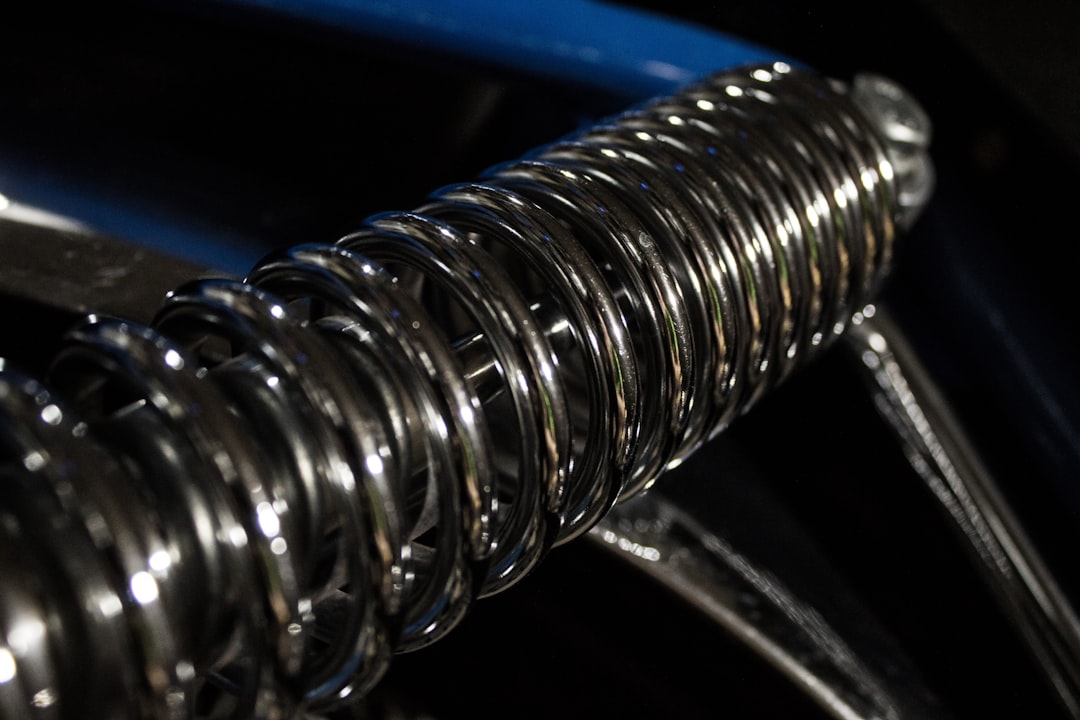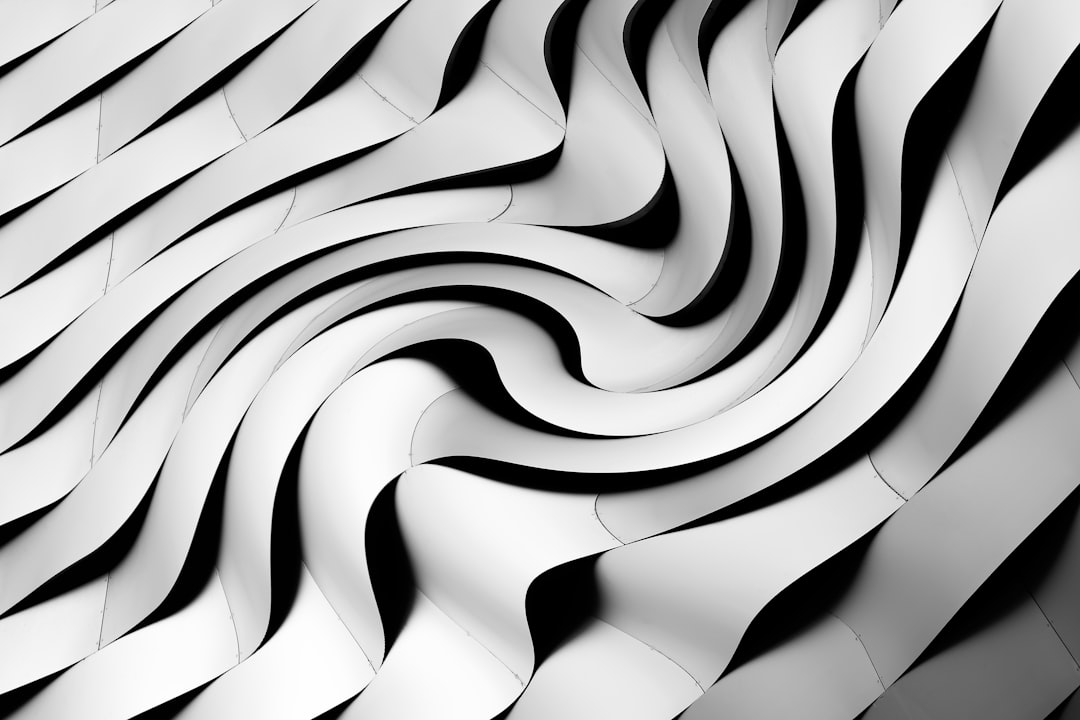What is it about?
Magnetic nanoparticles were obtained using an adjusted Massart method and were covered in a layer-by-layer technique with hydrogel-type biocompatible shells, from chitosan and hyaluronic acid. The synthesized nanocomposites were characterized using dynamic light scattering, transmission electron microscopy, and Fourier transformed infrared spectroscopy. Biocompatibility of magnetic nanostructures was determined by MTT (3-[4,5-dimethylthiazol-2-yl]-2,5-diphenyltetrazolium bromide) cell proliferation assay, swelling tests, and degradation tests. In addition, interaction of hydrogel-magnetic nanoparticles with microorganisms was studied. The possibility of precise nanoparticles size control, as long as the availability of bio-compatible covering, makes them suitable for biomedical applications.
Featured Image
Read the Original
This page is a summary of: Nanostructured Biomaterials with Controlled Properties Synthesis and Characterization, Nanoscale Research Letters, March 2009, Springer Science + Business Media,
DOI: 10.1007/s11671-009-9278-x.
You can read the full text:
Contributors
The following have contributed to this page










